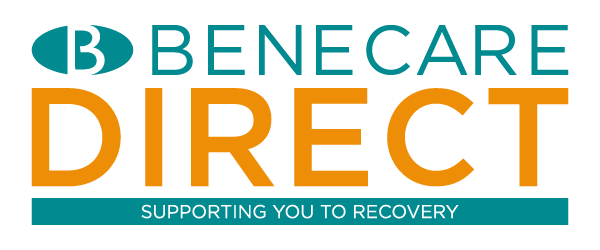When injury strikes it can be hard to know what to do for the best. With so much information – not to mention misinformation – flying around, confusion can lead to further damage, increased recovery times and ongoing niggles. So whilst a gym buddy might have an opinion on how you can recover from an injury, they aren’t always giving you sound medical advice.
To give you a clearer picture of what is and isn’t a good idea when it comes to injury recovery, let’s take a look at some common misconceptions.
Rest is the best medicine.
It’s true that you shouldn’t put strain on a joint or ligament that’s giving you persistent pain. That doesn’t mean you can’t maintain a careful exercise regime when recovering, of course. However, if you’ve strained or torn a muscle, ligament or tendon, rest alone isn’t enough. You should also seek medical advice to identify and get guidance on healing the root cause of the injury.
Stretching will ease your injury.
This one stretches the truth (not to mention your injury) to breaking point. Whilst stretching is a vital part of warming up, it won’t protect you from injury. And stretching an injured area of soft tissue is a
sure-fire way to cause more strain. Depending on what stage of recovery your injury is at, finding a suitable splint or brace to protect, compress and support the area is a much better idea.
If in doubt, book a session with a physio to make sure that the stretches you’re doing are beneficial rather than detrimental to your recovery.
No pain, no gain.
Maybe true if you’re talking about the strain you feel when pushing your body to the limit. But unless you’re looking to gain even more time out of action, when it comes to injury recovery, this adage isn’t true. After all, pain is your body’s way of communicating when something is wrong. And pushing on and ignoring those pain signals means you may end up changing the way your body moves, which could lead to further undesirable gains, such as more injuries, and greater pain.
Pain pinpoints where the problem lies.
Maybe, maybe not. A bad ankle could be caused by a problem in your hip, for instance. At the end of the day, all your muscles work together to help you move, and something being wrong in one place can affect a different area entirely. This is why seeking help from an expert becomes vital. They can look at your body and get to the bottom of what is causing you injury.
Using BeneCare casts, splints and supports to aid your injury recovery
Instead of applying old adages that may or may not be true, apply one of our supports and braces. Your sprains and bruises will benefit from reduced recovery time, protection from further injury and maximum comfort. Our range of casts and splints also provide solid protection for fractured limbs.
And hopefully we’ll see you back in action before too long!
